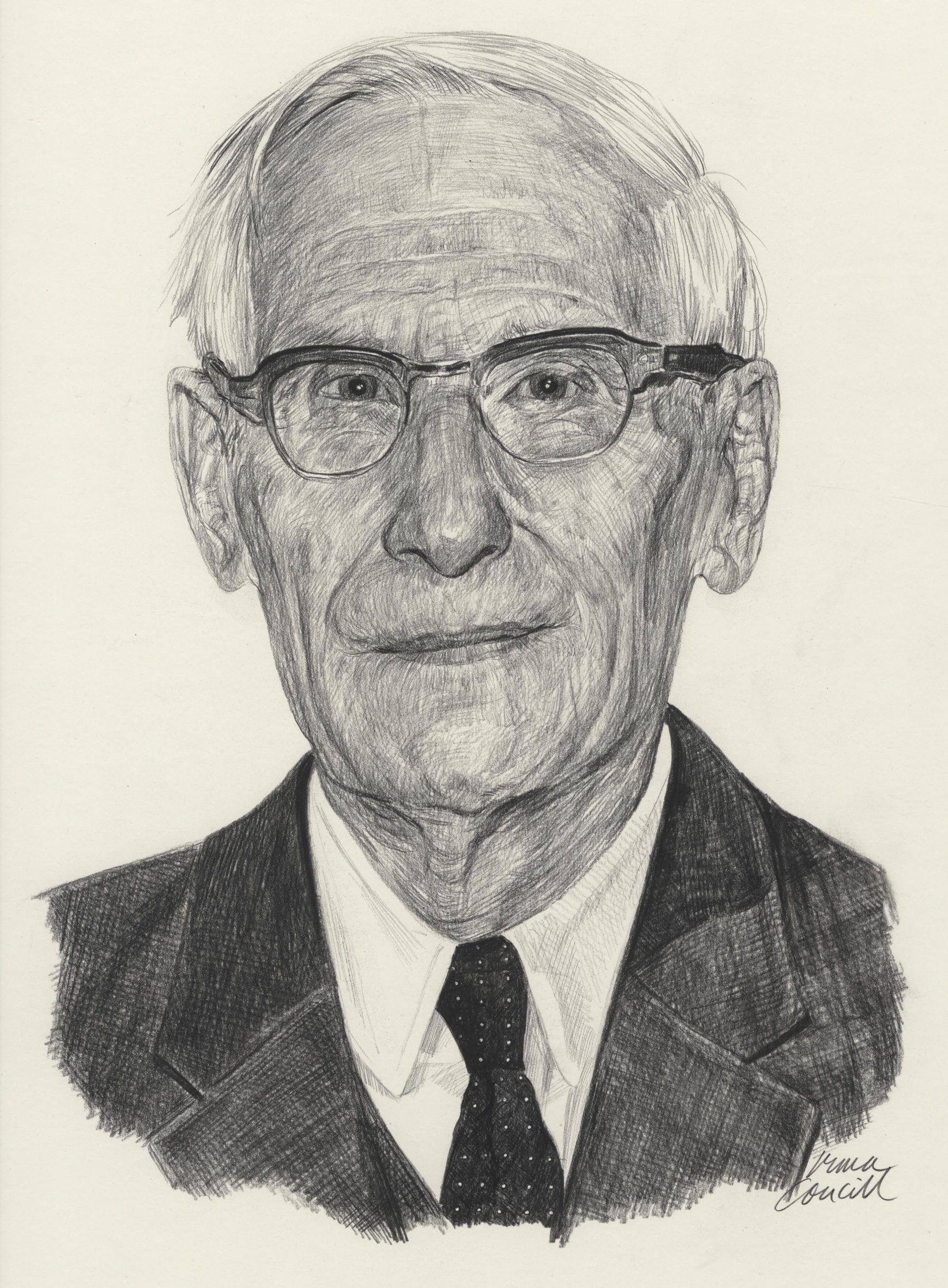Thomas Frederick Williams

Nickname: Tommy
Birth Date: October 12, 1885
Birthplace: Ingersoll, Ontario
Death Date: July 25, 1985
Year Inducted: 1974
Awards: MC; MMV (Italy)
His exemplary conduct in aerial combat and his half-century of dedication to the science of aeronautics, despite adversity, has inspired young and old alike, and his total involvement in flight has been of outstanding benefit to Canadian aviation
Recommended to the RFC
Thomas Frederic (Tommy) Williams, M.C., was born on October 12, 1885, in Ingersoll, Ontario, where he was educated. At the outbreak of World War I he joined the Legion of Frontiersmen at Calgary, Alberta. He resigned from their ranks almost immediately to enlist with the Corps of Guides, then transferred again to the Provost Corps of the First Canadian Division. He arrived in France in February 1915. He served with distinction in the lines until recommended for a commission in the Royal Flying Corps (RFC) by Major General Sir Arthur Currie.
A Fighter Pilot
Following operational training in Scotland and England, Williams was awarded his wings and a promotion to Lieutenant. He was posted to No. 45 Squadron, RFC, in France as a fighter pilot, flying a Sopwith Camel from the front lines against Baron von Richthofen's 'Flying Circus'. During this period, he destroyed four German aircraft in combat. The squadron was posted to Italy in December 1917. Within three months of fighting in the Alps, he had raised his score of enemy aircraft destroyed to ten and was awarded the Military Cross (M.C.) for consistent gallantry and devotion to duty. The Italian government also decorated him with the Valore Militare Medal (M.M.V).
A Glide to Safety
This string of victories led to his promotion as Flight Commander of No. 28 Squadron, RFC, with the rank of Captain. In 1918, when his aircraft was disabled by enemy anti-aircraft fire, Williams glided a long distance through mountain passes to a safe landing at an Allied base. A new wing and tank were fitted in the field and both Williams and his Camel returned to duty before dark that day. He outfought one hostile aircraft in the air and forced him to crash-land.
Combat Career
He ended his combat career with victories over 14 enemy aircraft. He was ordered to England in August 1918, for medical reasons and rest. Heart problems often became evident in pilots who flew at high altitudes for long periods of time without an auxiliary supply of oxygen. After being posted to the School of Air Fighting at Beamsville, Ontario, as an examining officer, he returned to England in 1919 to resign his commission.
Building an Airport
Back in Canada, Williams took a refresher flying course in 1920 at Camp Borden, Ontario, during which time he earned his Commercial Pilot's Licence with night endorsement, and his Air Engineer's Certificate. He bought his father's farm at Sweaburg, Ontario, then leased an adjoining estate, purchased an airplane and turned the operation into an airport.
From 1927 to 1931, Williams owned a commercial air service in southwestern Ontario and later became flying instructor at the Kitchener-Waterloo Flying Club. In 1934 he was named Chief Flying Instructor at the London Flying Club in Ontario and earned his Instrument Flight Rating. Jack Moar hired him in 1937 as a pilot for Skylines Express out of Winnipeg, Manitoba, flying a daily service into the mining areas of northern Ontario. When the company ceased operations a year later, Williams became a charter pilot and instructor for a flying concern at Rouyn, Quebec.
His Last Solo Act
When Canada declared war against Germany in 1939, Williams joined Fleet Aircraft Company at Fort Erie, Ontario, as Chief Pilot, a position he held for eight years. On retirement in 1947, he purchased the Fleet 21M that he had been using at Fleet Aircraft to test-drop parachutes and flew it for pleasure. Before selling it in 1971, he performed one last solo aerobatic flight, in his 87th year, when he was officially recognized as the world's oldest active pilot. After 56 years as an aviator, he allowed his licence to lapse.
Tommy Williams lived his philosophy “Plan to die young, but late as possible”. At age 96 he compiled a book, "Poetry and Prose". He died at Woodstock, Ontario, on July 25, 1985, less than three months short of his 100th birthday.
In June 2014, a park in Sweaburg, Ontario was named in his honour, Tommy Williams Memorial Park.
Thomas Frederic (Tommy) Williams was inducted as a Member of Canada's Aviation Hall of Fame in 1974at a ceremony held in Edmonton, Alberta.
To return to the Inductee Page, please click here.
